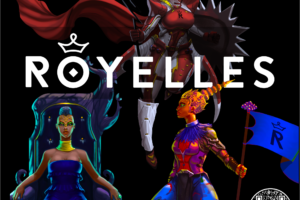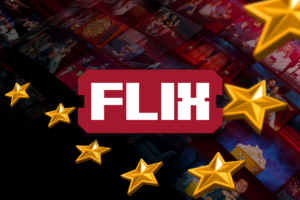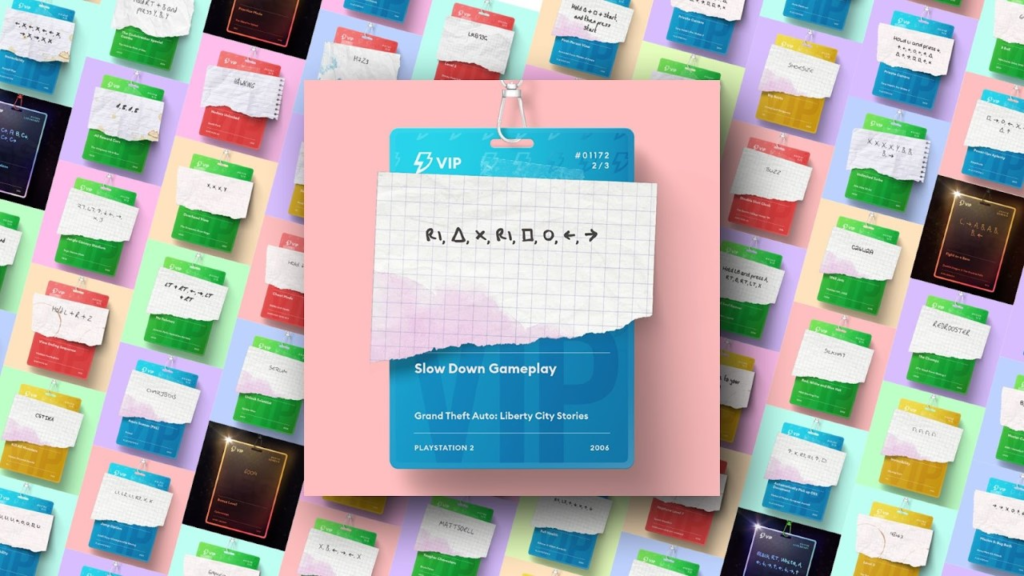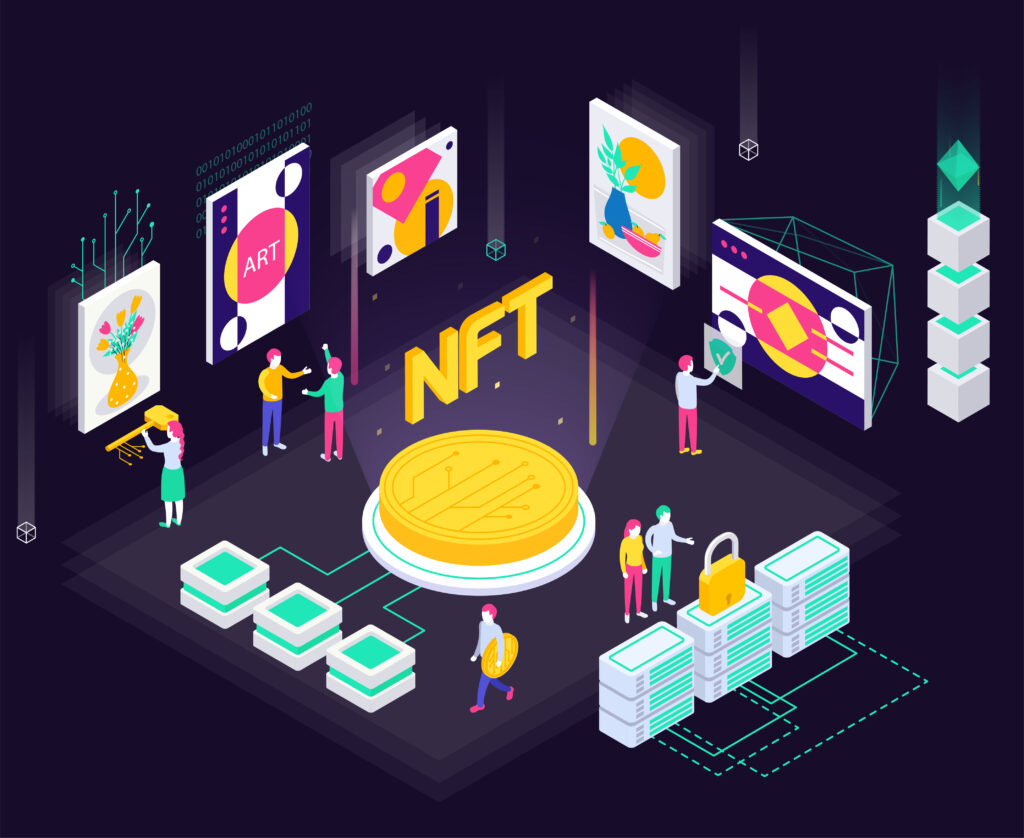
ContentBox is utilizing the blockchain in hopes of disrupting the digital content industry.
Relevant content should be easy to find in this technologically-enabled era. However, competition has created white noise that can be hard to penetrate for both creators and content-seekers.
Take podcasts. When we go to Apple Podcasts, Spotify, Soundcloud or any other number of apps and search our favorite topics from a phone, tablet or laptop, we expect to find the most relevant results. But, due to convoluted distribution schemes and multiple different platforms, that’s not always the case. What happens, for example, when a podcast isn’t featured on your device’s native app store or podcast app? Or, perhaps it’s only available in the language of the non-English speaking foreign country you may be traveling in (which you might not happen to speak). At this point, it becomes a matter of scarcity: do you risk settling for a diminished digital experience, or worse, diminishing the quality of your trip?
Renee Wang was working in Japan when she realized there were no podcasting platforms that supported multiple languages on the market. She had to download podcasts to MP3 files and piecemeal them into one. Recognizing the gap, she decided to build a solution.
Renee and her co-founder Alex He built CastBox, a discovery app hailed “the Netflix of podcasts,” and an all-in-one solution to the problem with having to hunt down disparate podcast channels, apps, and stations to find the podcasts you want. Replete with foreign language and multi-platform support, as well as personalized recommendation features, CastBox is essentially a blockchain-enabled podcast aggregator that not only allows individuals to discover new podcasts tailored to their interests, but also allows users to see what others are listening to on the app, and personalize their podcast recommendation and search preferences. One of the greatest ways CastBox adds value to users’ podcast experience is through its in-audio search feature: the app transcribes and indexes audio files and then allows users to search for them based off of just one sentence or body of text within it, after which CastBox then shows their search result, in addition to giving contextualized recommendations to similar podcasts.
As Wang and He discovered, the creative landscape for digital content creators is wide and deep, leading to significant and often insurmountable competition. Unfortunately, the profit potential for such creatives is bleak, as a result. In a market where distribution channels take the lion’s share of content creators’ revenues, the blockchain is poised to rebalance the model in the artist’s favor. And that’s where ContentBox comes in.
On July 17th, CastBox launched ContentBox on Huobi Global. The platform is an open-source blockchain infrastructure for creators, a token-based ecosystem comprised of a shared user and content pool along with a unified payment solution. As a decentralized content ecosystem, ContentBox gives users, creators, and companies alike the ability to integrate into it, opening up content channels, monetization, and multi-platform mobilization.
Boasting 18 million users, 3 billion BOX released, and 750 million BOX circulating as of July, ContentBox is now working on scaling its adoption of BOX Passport, a cross-platform identity and attribution gateway; BOX Payout, a borderless and secure payment transaction network; and BOX Unpack, a turn-key content management solution for publishers, to provide even more monetization opportunities for artists and creators.
ContentBox is allowing users to deposit and buy BOX both on its platform as well as on Huobi, which now also accepts BOX deposits, as well as BOX/ETH and BOX/BTC trades on its platform. ContentBox aims to decentralize the digital content industry and tackle its biggest pain points—creator monetization, user incentives, and content ownership—through a unified payout system, a shared content pool, and a shared user pool. ContentBox is the latest and most wide-ranging effort to combat abuses towards artists in the digital production industries, where platforms take the lion’s share of creators’ profits in exchange for distribution rights. ContentBox allows artists to bypass distribution platforms and access users directly, maximizing their profit potential. The release gives creators crypto-incentives for featuring their podcasts on the platform in the form of BOX tokens, which can be traded for ETH and BTC on Huobi Global.
With the release of ContentBox, CastBox further moves to disrupt the digital content production industry with an antagonistic business model that gives value back to creators instead of profiting off of them. There is major support for this: ContentBox is backed by Nirvana Capital, Node Capital, BlockVC, LinkVC, ICONIZ, JRR, and Fenbushi Capital founder Bo Shen. Further, that ContentBox was listed on Huobi at all is validation: only 0.0001% of all crypto projects are listed on this particular exchange. Yet, to definitively change the industry, CastBox will need to reach mass markets to scale platform adoption and reach mass profitability for podcasters using ContentBox, as well as attract key influencers away from top digital content distribution platforms and onto its own. If it can do this, ContentBox could allow CastBox to compete with the top market-dominating podcast apps globally. Keep your eyes open for more news on this continuing development.
Editorial note: this article was updated to correct a typographical error. We previously reported there were 750 billion BOX circulating as of July — that number was updated to reflect the accurate figure: 750 “million.”
What do you think about blockchain vs. tradition digital content distribution platforms? Could these really disrupt today’s digital content industry? Post in the comments below to tell us your opinions!
















Excellent beat ! I wish to apprentice while you amend your web site, how can i subscribe
for a blog site? The account helped me a acceptable deal.
I had been a little bit acquainted of this your broadcast provided bright clear idea
Hi there, just wanted to tell you, I loved this post. It was inspiring.
Keep on posting!
Hey there! Someone in my Facebook group shared this website with us
so I came to look it over. I’m definitely loving the information. I’m bookmarking and will
be tweeting this to my followers! Outstanding blog and terrific design and style.